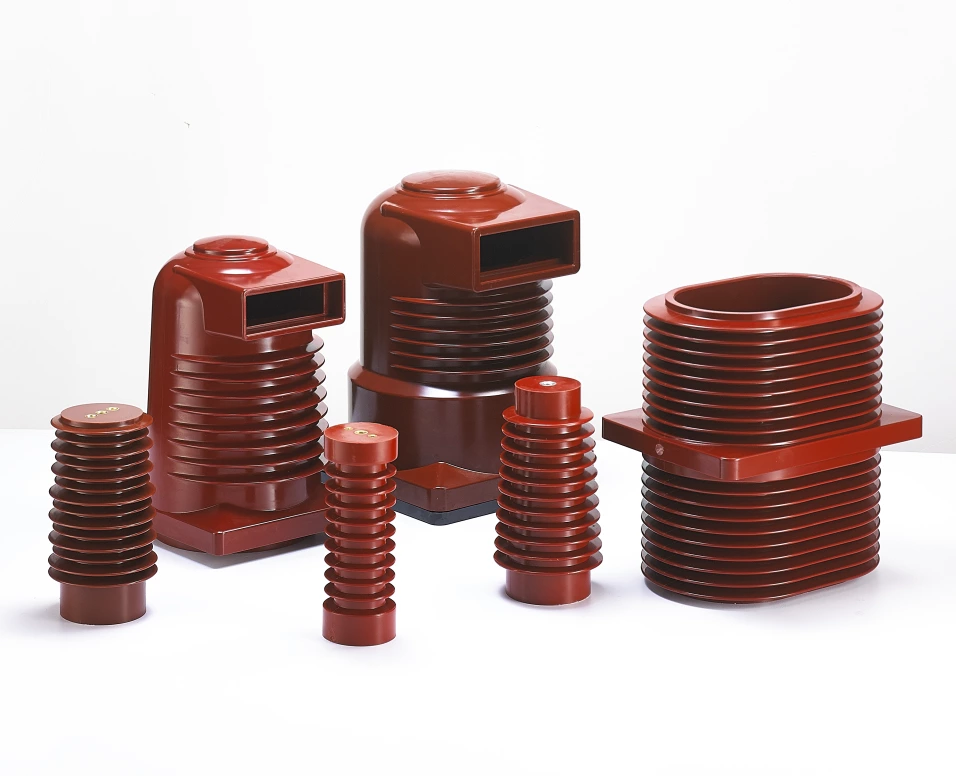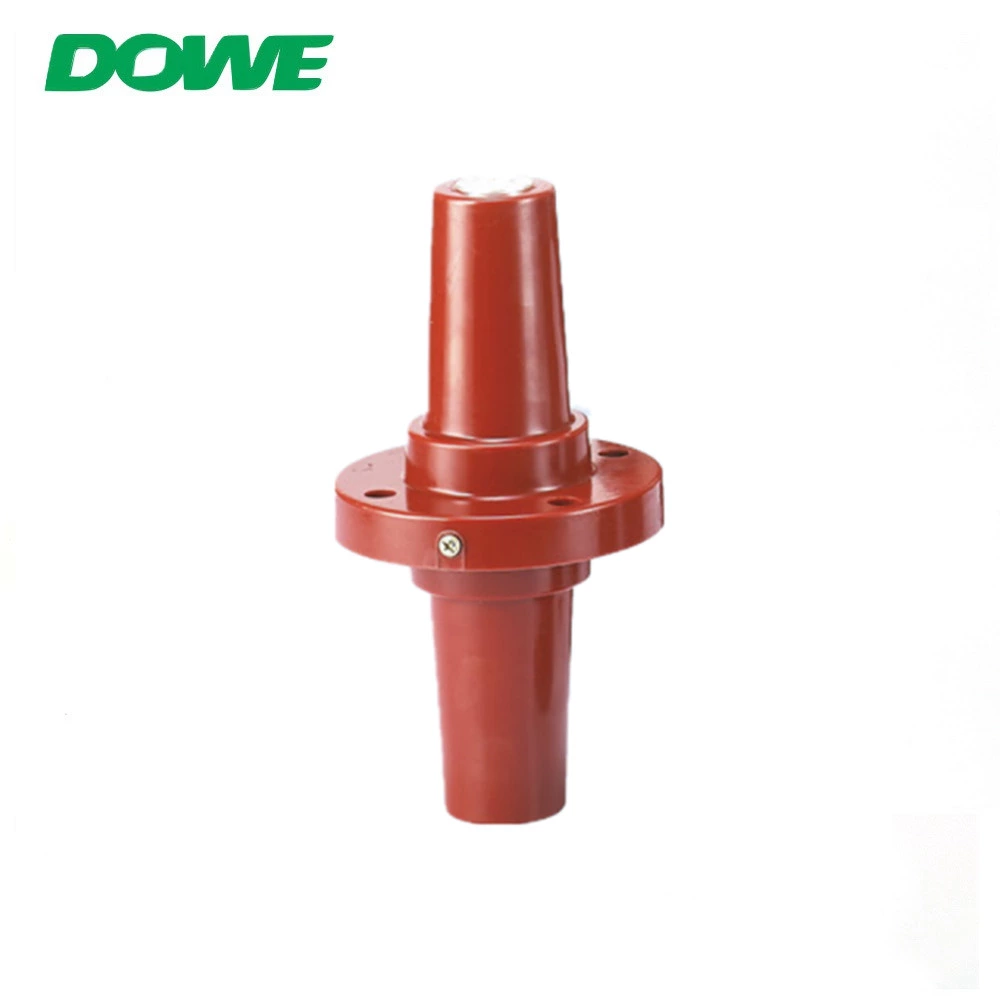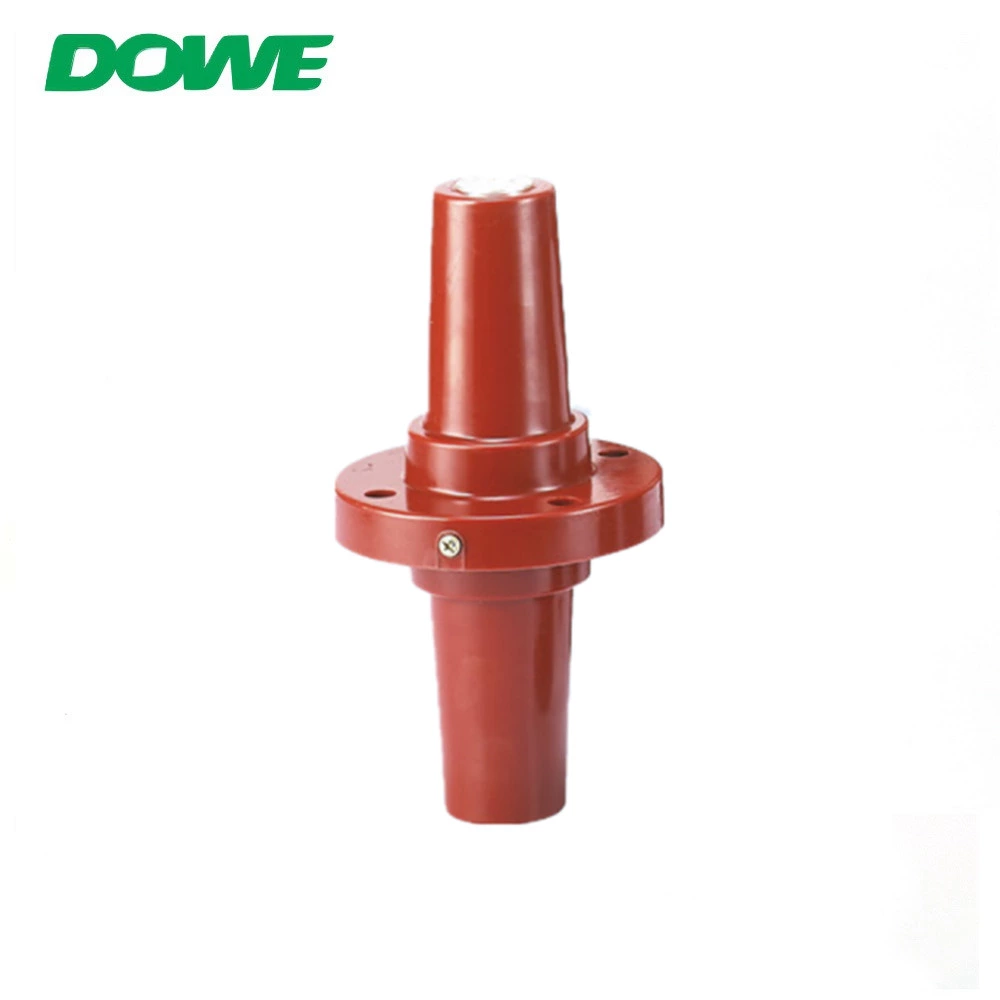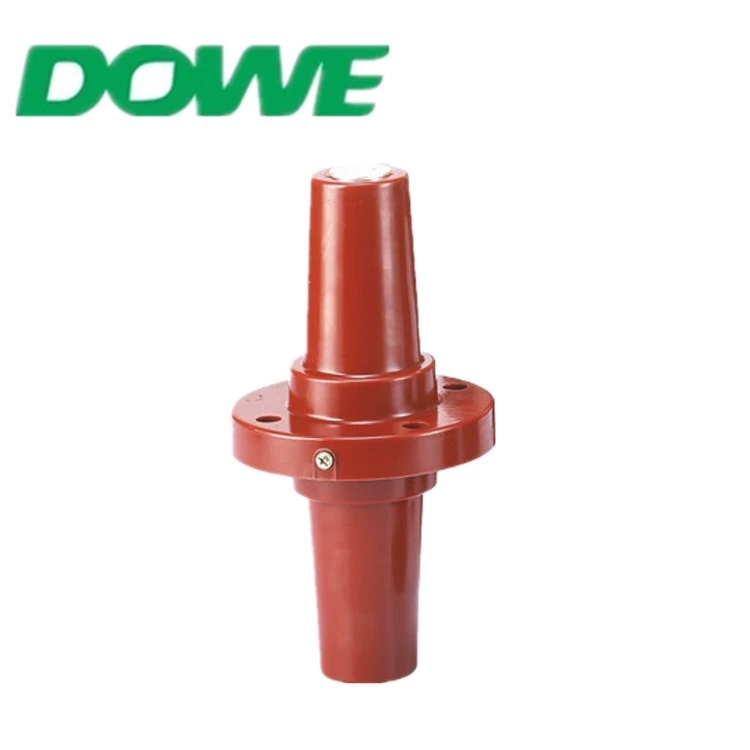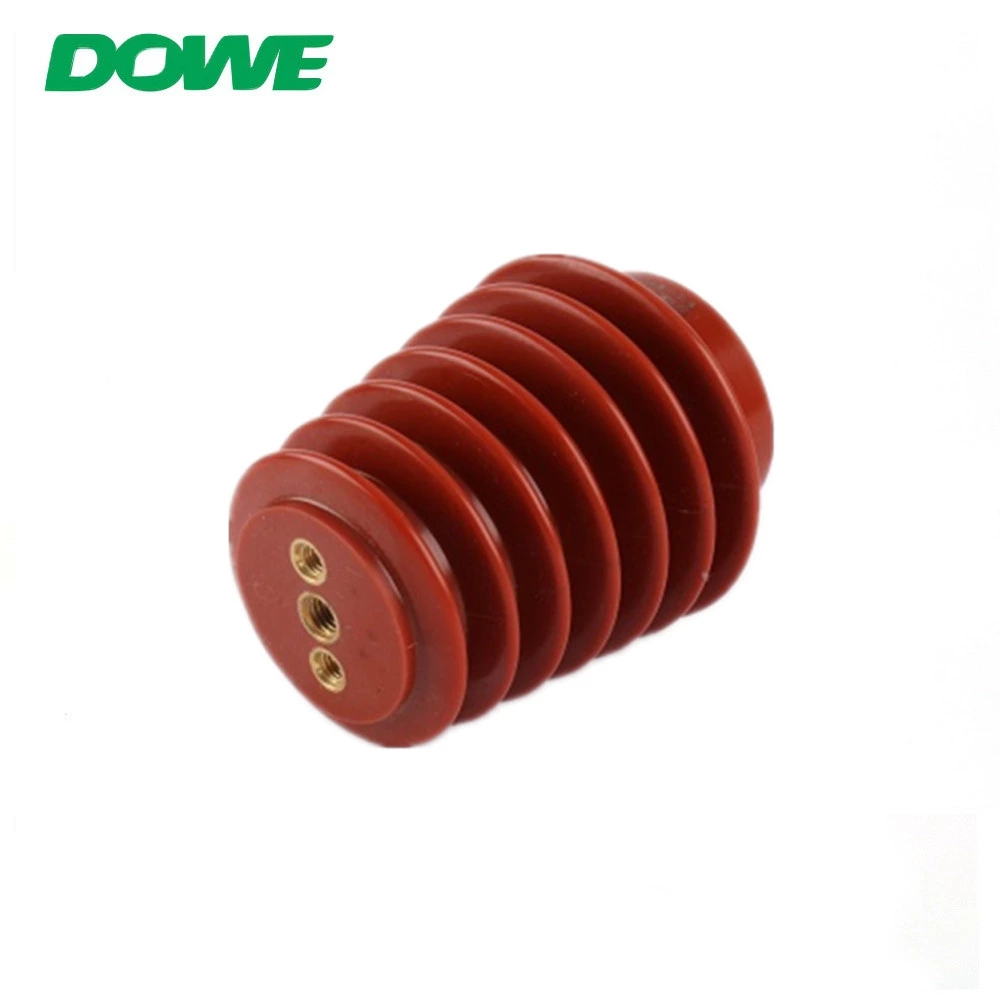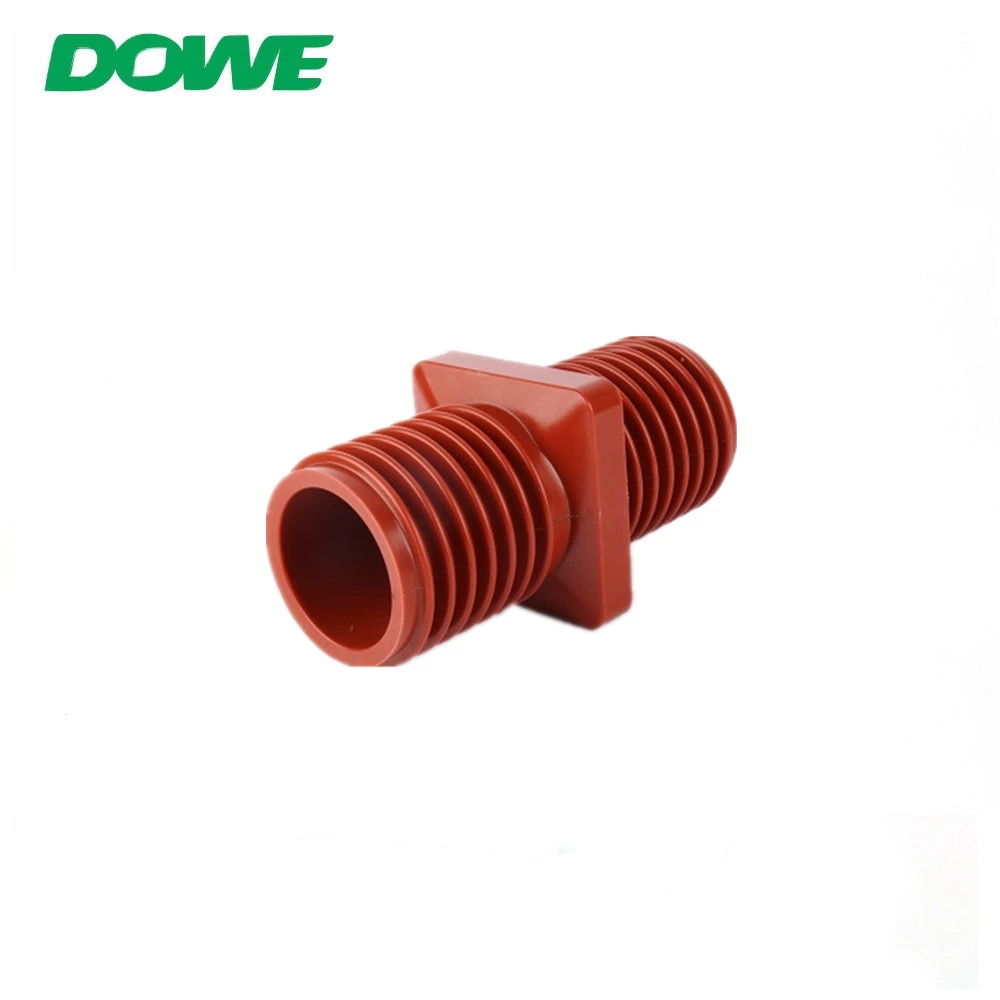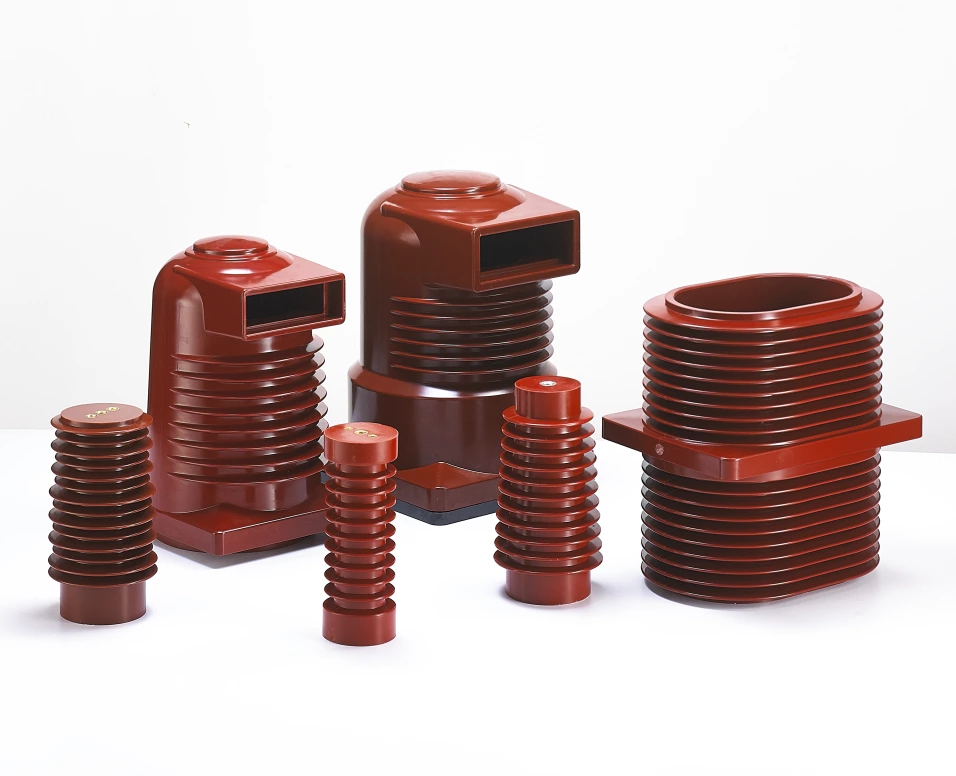Discerning the Variances Between Fluororubber and Silicone Heat Shrink Tubing
The types of heat shrinkable tubes are generally distinguished according to the materials they are produced. Fluorine rubber heat shrinkable tubes and silicone heat shrinkable tubes belong to two subdivisions of heat shrinkable tubes. Silicone heat shrinkable tubes are also called silicone rubber heat shrinkable tubes. Fluorine rubber and silicone heat shrinkable tubes are also called silicone rubber heat shrinkable tubes. All the main materials of silicone rubber are rubber. Therefore, the high temperature resistance properties of the two are basically the same, and both can reach 200°C. It's just that the properties of the two are different. One is fluorinated rubber and the other is vulcanized rubber. In order for users to clearly choose the heat shrinkable tube that suits them, the editor of heat shrinkable tube manufacturer Duwai will deeply analyze the difference between fluorine rubber heat shrinkable tube and silicone heat shrinkable tube. Can they be used as substitutes?
1. The difference in softness: Compared with silicone heat shrinkable tube, fluororubber heat shrinkable tube feels harder. Silicone heat shrinkable tube is currently very soft in the heat shrinkable tube industry. Its softness is one of the best, and it requires higher softness. Just choose silicone heat shrink tubing.
2. The difference in shrinkage ratio: the shrinkage ratio of fluororubber heat-shrinkable tube is 2:1. Due to the material limitation, the shrinkage ratio of silicone heat-shrinkable tube can only be 1.7:1, which is slightly smaller than that of fluororubber heat-shrinkable tube. .
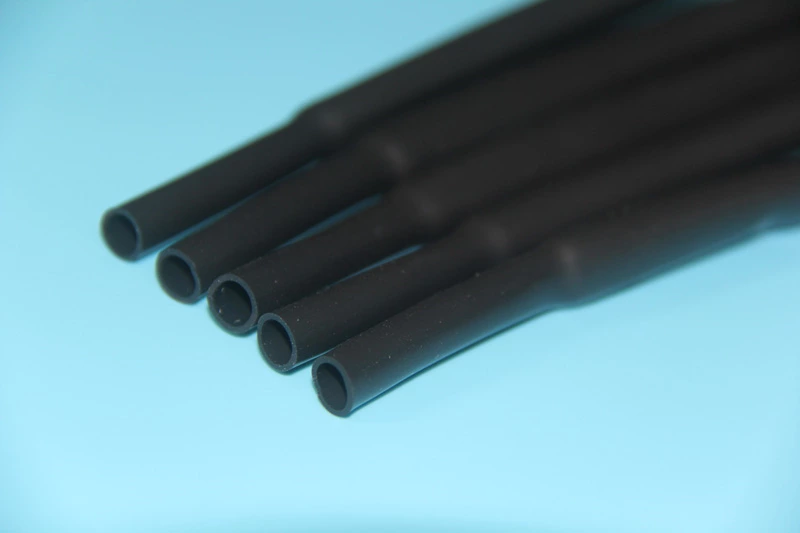
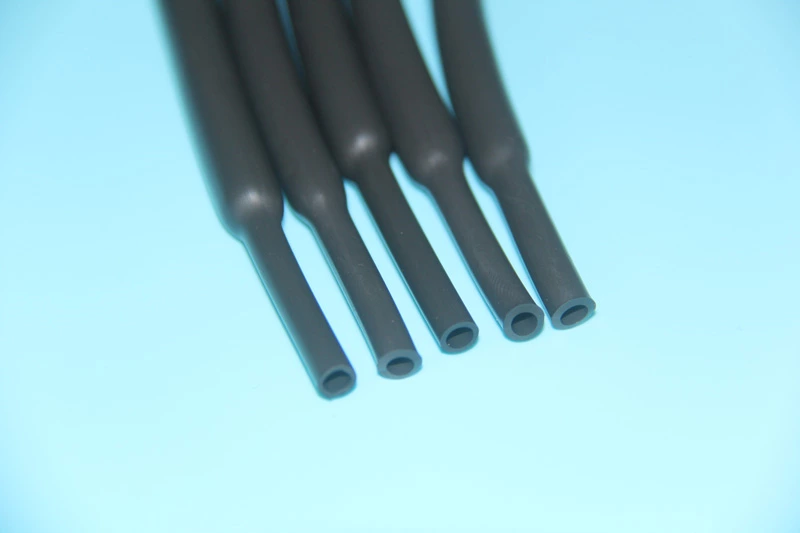
3. Main performance differences: Fluorine rubber heat shrink tubing is suitable for environments that require high temperature resistance, oil resistance, and chemical solvent resistance. It has excellent high temperature resistance, chemical corrosion resistance, and solvent resistance. It can be used at high temperatures of 200°C for a long time. Diesel, aviation fuel, high temperature resistant fluid. Silicone heat shrink tubing is compatible with steam (limit cycle), gamma, RTO, and dry heat sterilization. It has better hydrophobicity, corona resistance, voltage resistance, and fungus resistance. It has relatively good resistance to biological inertness and is widely used in the medical industry. .
4. Subtle differences in low-temperature resistance: fluororubber heat-shrinkable tubes can work at minus 65°C for a long time, while silicone heat-shrinkable tubes can only reach minus 55°C in low-temperature performance.
5. Color selectivity: Fluorine rubber heat shrinkable tubes can currently only be produced in black if their performance is stable; silicone heat shrinkable tubes are slightly more color selectable, and the standard colors are black, white, gray, and iron red.
6. Price difference: This may be what users are most concerned about. From the perspective of raw materials, fluororubber heat shrink tubing is about 50% more expensive than silicone heat shrink tubing. The specific value also depends on the change in market material growth.
The only thing the two have in common is that they are resistant to high temperatures of 200°C. They are both rubber heat shrinkable tubes, but the difference is still obvious. How to choose one depends on the technical analysis of the usage scenario. If you need oil resistance, chemical solvent resistance and low temperature resistance, choose fluororubber heat shrink tubing. If it is a field with high insulation requirements such as food, medical and insulation, choose silicone heat shrinkable tube. If both are satisfied, subject to project budget constraints, you can also choose silicone heat shrink tubing.


